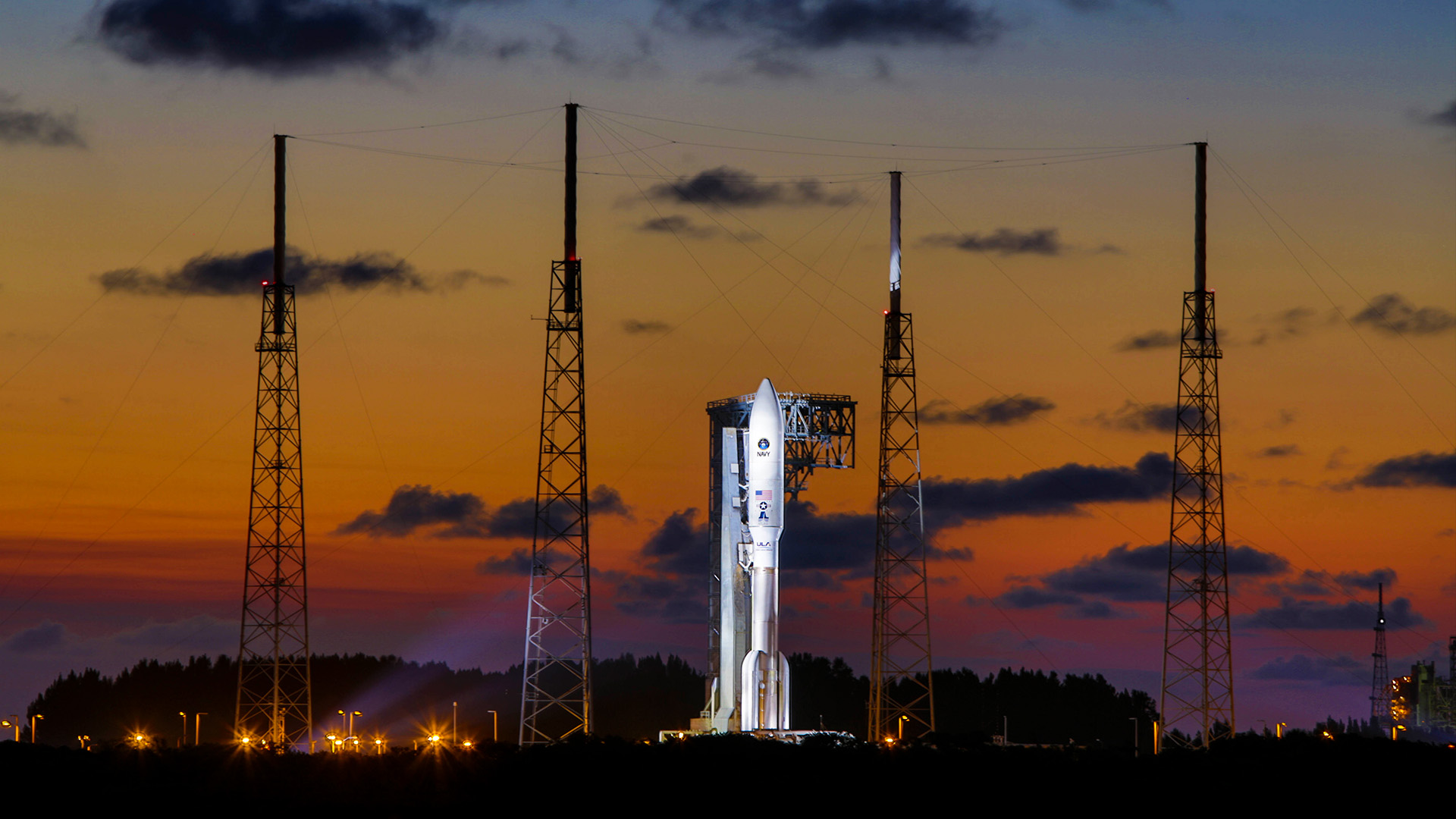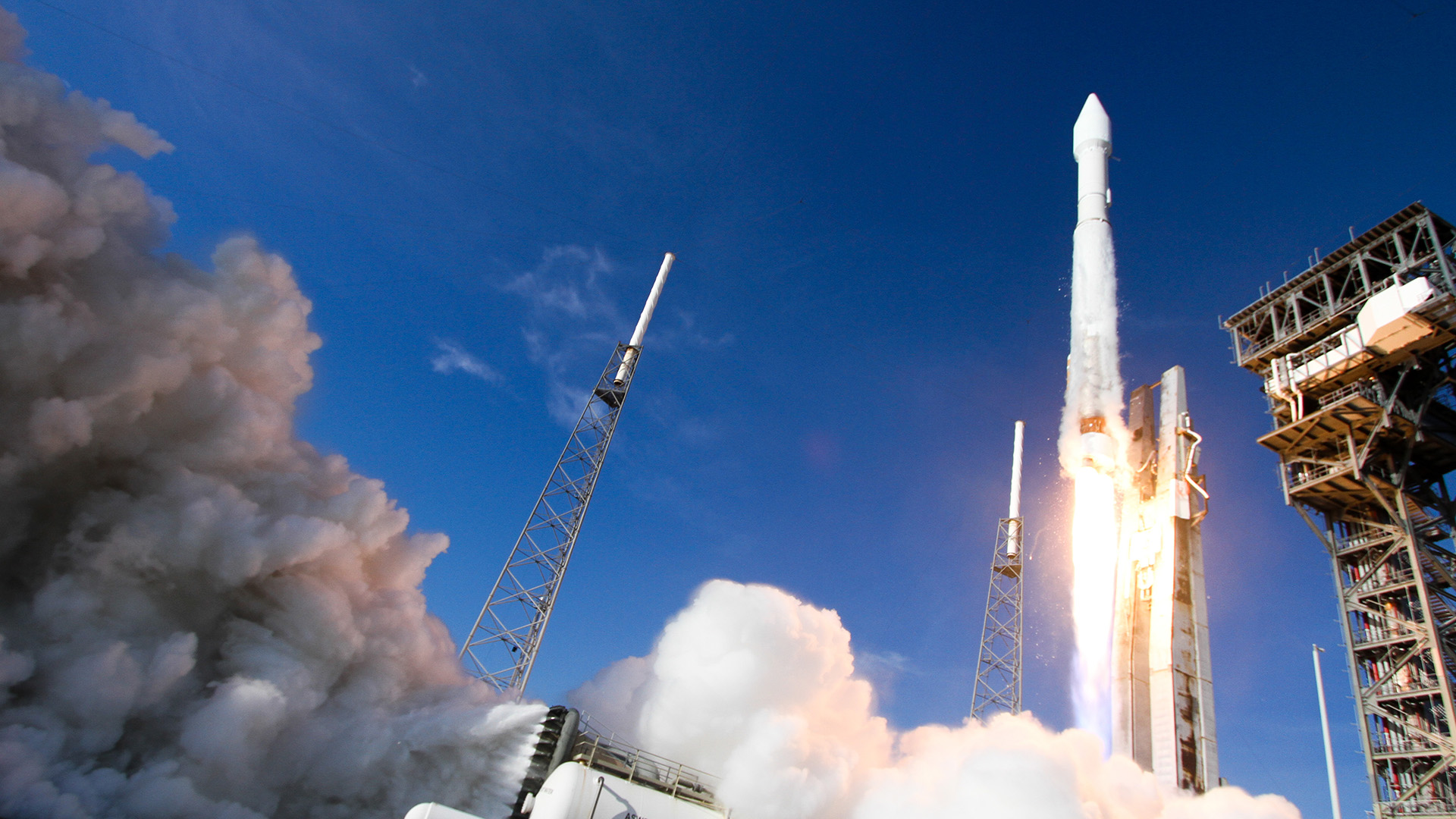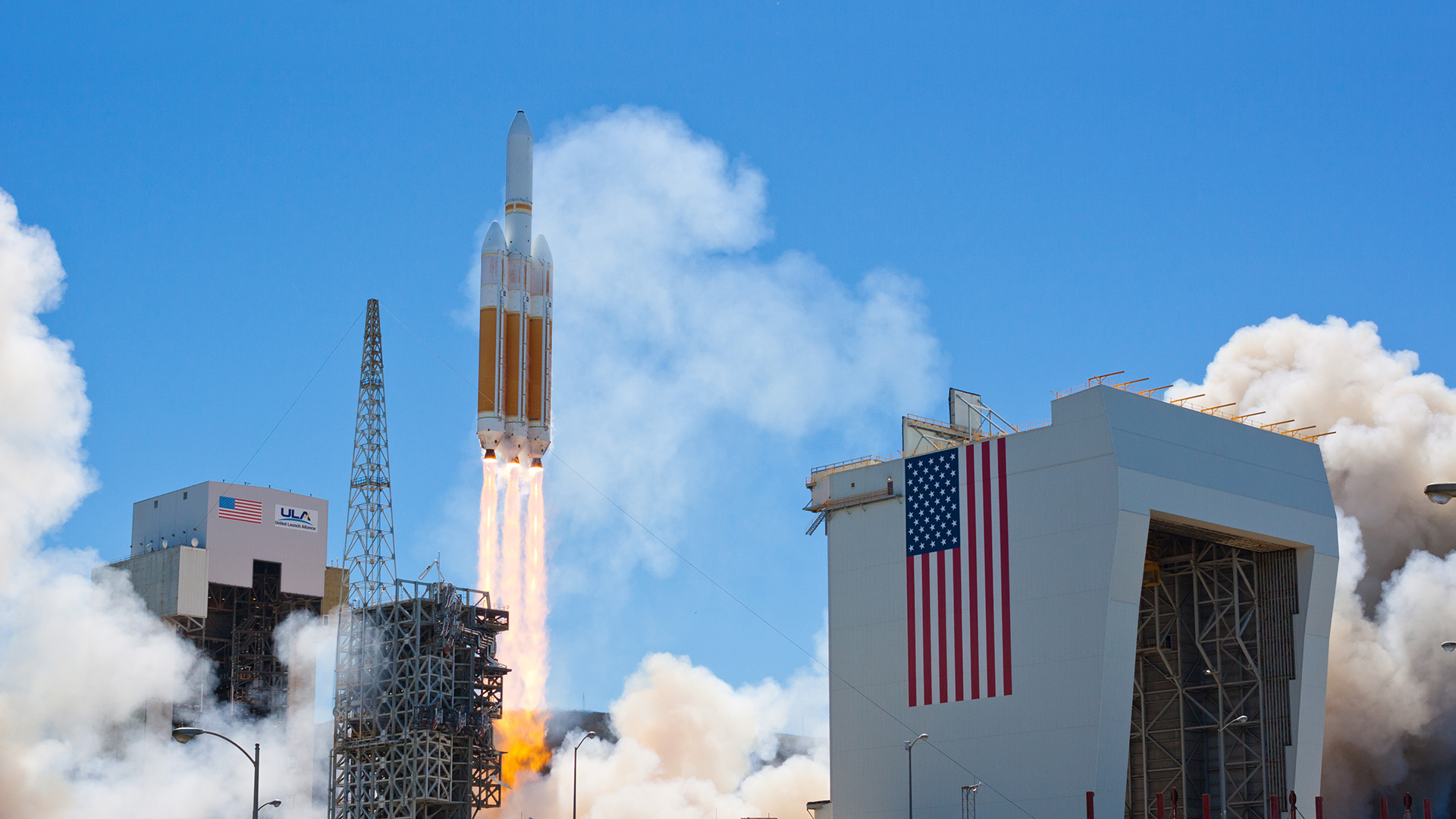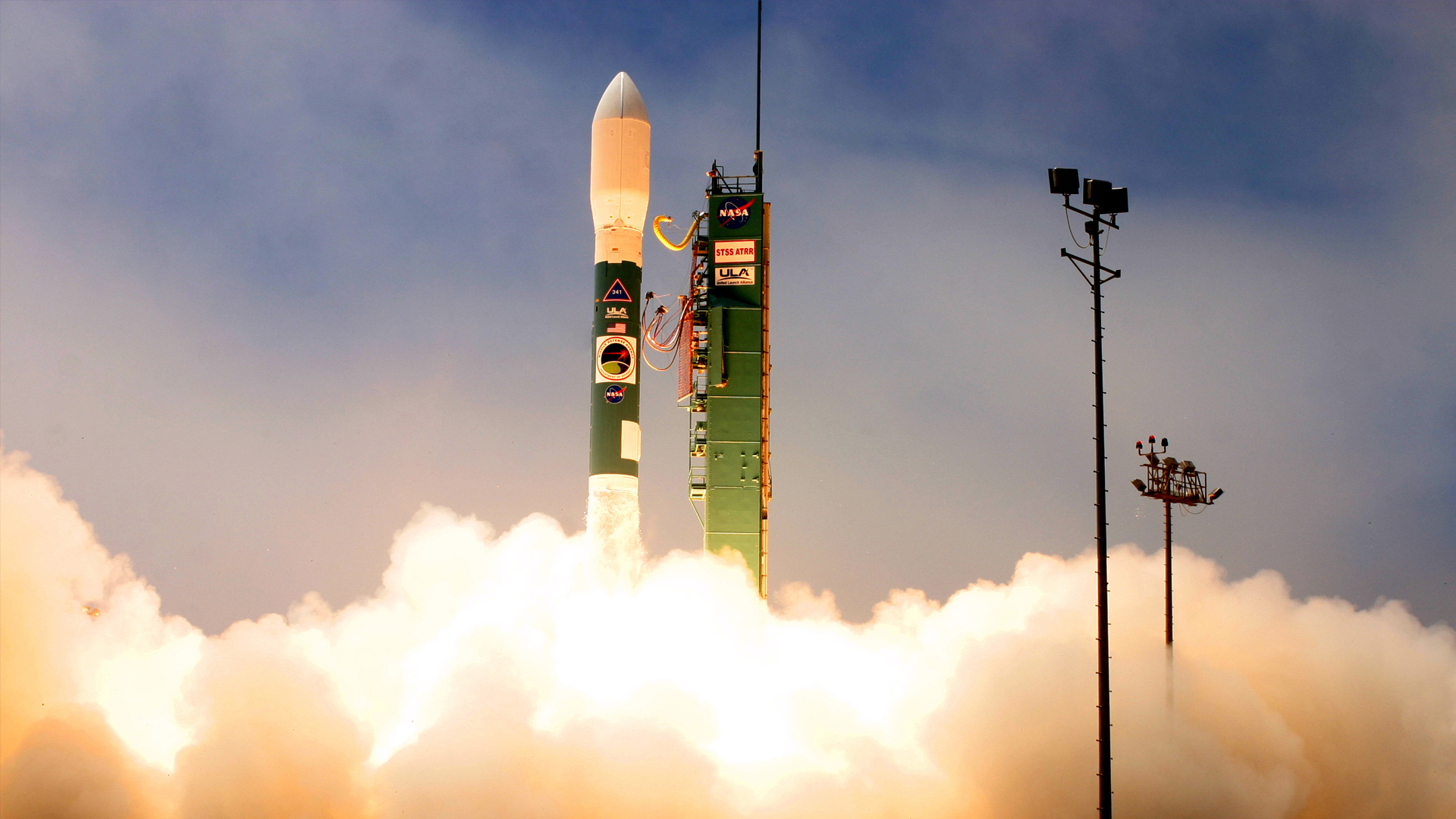Missions
Next LaunchULA Successfully Launches GPS IIR-19 Mission for Air Force
Delta II GPS IIR-19(M) Mission Booklet
CAPE CANAVERAL, Fla., March 15, 2008 -- United Launch Alliance successfully launched a Delta II expendable launch vehicle today from Space Launch Complex 17-A at 2:09 a.m., EDT carrying the Air Force's GPS IIR-19(M) satellite. This launch marks the first mission for the Air Force from the cape in 2008.
Following a nominal 1 hour and 8 minute flight, the rocket deployed the GPS IIR-19(M) spacecraft, the sixth modernized NAVSTAR Global Positioning System Block II R-M military navigation satellite. GPS is a space-based radio- positioning system nominally consisting of a minimum of 24-satellite constellation that provides navigation and timing information to military and civilian users worldwide.
"A tremendous amount of credit goes to our combined Air Force-ULA team as we continue successfully launching the GPS series," said Rick Navarro, Director, Delta II Programs. "By providing safe, cost-effective, reliable access to space, we are privileged to serve a critical role in missions, such as GPS, which are force multipliers for our men and women in uniform serving our country throughout the world."
Designed to operate for 10 years, GPS satellites orbit the Earth every 12 hours, emitting continuous navigation signals. With the proper equipment, users can receive these signals to calculate time, location and velocity. In addition to its military use, GPS satellites provide directional assistance to civilian users around the world.
The ULA Delta II 7925-9.5 configuration vehicle featured an ULA first stage booster powered by a Pratt & Whitney Rocketdyne RS-27A main engine and nine Alliant Techsystems (ATK) strap-on solid rocket motors. An Aerojet AJ10- 118K engine powered the second stage. A spin-stabilized Star-48B solid-rocket motor built by ATK boosted the third stage. The payload was encased by a 9.5- foot-diameter metallic payload fairing.
ULA began processing the Delta II launch vehicle in Decatur, Ala., nearly two years ago. In November 2007 the first stage arrived at Cape Canaveral Air Force Station from Decatur, followed by the second stage in late December. The vehicle was erected on the stand at Pad 17-A, Feb. 8, with solid rocket motor installation completed by mid-February. Hundreds of ULA technicians, engineers and management worked to prepare the vehicle for the GPS IIR-19(M) mission.
ULA's next launch is the ICO G1 mission for ICO Global Communications scheduled for April 14 aboard an Atlas V from SLC-41 here with a launch window of 4:12 - 5:12 p.m. EDT.
ULA program management, engineering, test and mission support functions are headquartered in Denver, Colo., supported by transition employees in Huntington Beach, Calif. Manufacturing, assembly and integration operations are located at Decatur, Ala., Harlingen, Texas, San Diego, Calif., and Denver, Colo. Launch operations are located at Cape Canaveral Air Force Station, Fla., and Vandenberg Air Force Base, Calif.





